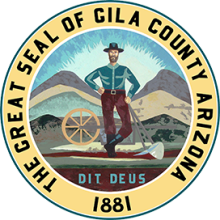New York City Releases Visionary Internet Master Plan
New York City has been looking for a way to address Internet access disparities - quality, pricing, and infrastructure investment - for years. Their New York City Internet Master Plan from the Mayor's Office of the Chief Technology Officer, released today, recognizes that the current market solution has failed "The Big Apple" and its residents. In order to move forward and to extend broadband to all New Yorkers, the city will take a more active role, which will include open access fiber optic infrastructure and nurturing private sector investment.
Read the New York City Internet Master Plan here.
The Market Failure
The highly-anticipated report, which we hope to cover more in-depth after we've had more time to dig deeper into its 88 pages, describes the breadth of the problem and digs into why New York's Internet access availability is fraught with so much disparity. Other urban centers that struggle with similar digital disparities can use this groundbreaking approach as a foundation to study their own communities and search for a way to bring broadband to everyone.
From the Executive Summary:
The private market has failed to deliver the Internet in a way that works for all New Yorkers. Citywide, 29 percent of households do not have a broadband subscription at home. The same percentage of households are without a mobile broadband connection. The substantial overlap between these under-connected populations means that 18 percent of residents – more than 1.5 million New Yorkers – have neither a mobile connection nor a home broadband connection.
The report notes that the millions of New Yorkers who are not connected also tend to be those from lower-income households who don't have broadband at home. Competition tends to be only in high-density neighborhoods with high income households, which needs to change. The report accentuates the correlation between income levels and disparities in broadband service with striking maps.



